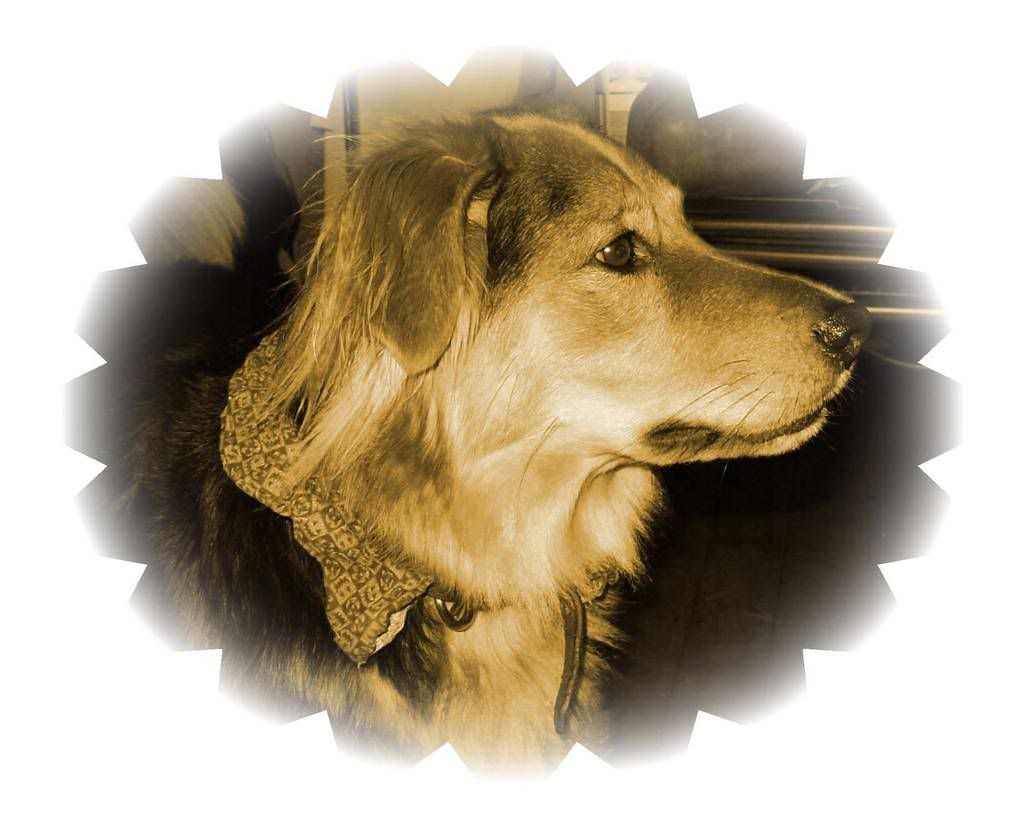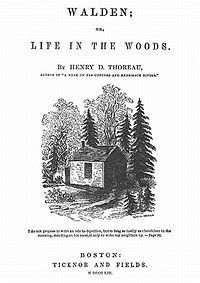The Peace Movement Then and Now
I take my departure into this inquiry with a brief analysis of the peace movement of the 1960s.
I make no pretense at being an historian or a sociologist, but having lived through that moment in history, I have some personal observations to make. My source is firsthand -- I was there -- as a Marine serving in the northern I Corps of Vietnam in 1968 during the Tet offensive, and as a student on the campus of a renowned liberal arts college during the height of the peace movement, when virtually all of the campuses across the country were torn apart by protests and sit-ins.
The peace movement was less a moral repudiation of war than it was a repudiation of personal risk. It was the prospect of being placed in harm’s way, rather than moral outrage at a “gook” village being razed on the other side of the world in Southeast Asia, that set aflame the ire of the protesters. It was the disagreeable call to duty, and all that implied. The majority of students – kids, really – became caught up in the excitement of the cause celebre. During protest rallies, as on other occasions, I never witnessed any substantive discussions on the moral philosophy of waging or not waging war, but heard only sloganeering. Political discussion, then, as now, was formulated on the basis of personal interest. The vast majority of students did not come to independent judgments on the issue of the Vietnam war, other than for a personal preference to not go – they chanted slogans, wore peace signs, did some drugs, got laid, missed some classes, and generally enjoyed themselves in their rôle. The “cause” made many otherwise undistinguished adolescents feel important while having a good time. They were accepted, and reinforced in their defiance, by their peers. They parroted the word as it was handed down by the leaders of the movement. Their vacuity became a purposeful repository for an infusion of group condescension which, to them, implied superiority – intellectual and moral superiority. In short, the great majority of students were led by the nose. But by whom? Who were the architects of the peace movement? It is not sufficient to merely say the “radical left,” although it was certainly an anti-American, radical left philosophy being espoused throughout the peace movement. (Understand, we are not here speaking of liberalism, but of a virulent anti-Americanism.) This was more than simply an anti-war movement. The parrots were whipped up and fomented into an ideological rejection of the entire American value structure. (Remember the hippies?)
The notion of duty, ridiculed as a conservative anachronism, was rejected in favor of personal safety and convenience. Personal responsibility was replaced with “anything goes” permissiveness. “Free love.” “Make love, not war.” The expressed notion of questioning authority degenerated into ridiculing authority. In the space of less than a decade this country went from a 1950’s “Ozzie and Harriet” mentality to Woodstock.
Born of the chaos of that time was a face-saving new morality. A moral relativism was adopted, serving as the philosophical rationalization for the rejection of duty and responsibility. The political embodiment of the new morality became “political correctness,” where critical thinking and independent thought were, and remain, anathema. Truth no longer exists. Group thought is dictated from on high, and the parrots follow in lockstep, with nary a dissenting opinion. (Witness the mainstream media. They even use the same vocabulary and phrases in their “independently” conjured articles.)
John Kerry was one of the leaders of the peace movement then, as now. His agenda, then, as now, was rooted not in moral outrage at a war, but in personal political opportunity afforded to him by subverting the efforts of his country while at war.
But Kerry, while a leader of the peace movement during the Vietnam era, was merely an opportunist, not a primary architect of the movement.
With your help, we will attempt to trace and identify the source of the radical anti-Americanism that has infected liberal thought in this country – as espoused by our own universities and media.
I make no pretense at being an historian or a sociologist, but having lived through that moment in history, I have some personal observations to make. My source is firsthand -- I was there -- as a Marine serving in the northern I Corps of Vietnam in 1968 during the Tet offensive, and as a student on the campus of a renowned liberal arts college during the height of the peace movement, when virtually all of the campuses across the country were torn apart by protests and sit-ins.
The peace movement was less a moral repudiation of war than it was a repudiation of personal risk. It was the prospect of being placed in harm’s way, rather than moral outrage at a “gook” village being razed on the other side of the world in Southeast Asia, that set aflame the ire of the protesters. It was the disagreeable call to duty, and all that implied. The majority of students – kids, really – became caught up in the excitement of the cause celebre. During protest rallies, as on other occasions, I never witnessed any substantive discussions on the moral philosophy of waging or not waging war, but heard only sloganeering. Political discussion, then, as now, was formulated on the basis of personal interest. The vast majority of students did not come to independent judgments on the issue of the Vietnam war, other than for a personal preference to not go – they chanted slogans, wore peace signs, did some drugs, got laid, missed some classes, and generally enjoyed themselves in their rôle. The “cause” made many otherwise undistinguished adolescents feel important while having a good time. They were accepted, and reinforced in their defiance, by their peers. They parroted the word as it was handed down by the leaders of the movement. Their vacuity became a purposeful repository for an infusion of group condescension which, to them, implied superiority – intellectual and moral superiority. In short, the great majority of students were led by the nose. But by whom? Who were the architects of the peace movement? It is not sufficient to merely say the “radical left,” although it was certainly an anti-American, radical left philosophy being espoused throughout the peace movement. (Understand, we are not here speaking of liberalism, but of a virulent anti-Americanism.) This was more than simply an anti-war movement. The parrots were whipped up and fomented into an ideological rejection of the entire American value structure. (Remember the hippies?)
The notion of duty, ridiculed as a conservative anachronism, was rejected in favor of personal safety and convenience. Personal responsibility was replaced with “anything goes” permissiveness. “Free love.” “Make love, not war.” The expressed notion of questioning authority degenerated into ridiculing authority. In the space of less than a decade this country went from a 1950’s “Ozzie and Harriet” mentality to Woodstock.
Born of the chaos of that time was a face-saving new morality. A moral relativism was adopted, serving as the philosophical rationalization for the rejection of duty and responsibility. The political embodiment of the new morality became “political correctness,” where critical thinking and independent thought were, and remain, anathema. Truth no longer exists. Group thought is dictated from on high, and the parrots follow in lockstep, with nary a dissenting opinion. (Witness the mainstream media. They even use the same vocabulary and phrases in their “independently” conjured articles.)
John Kerry was one of the leaders of the peace movement then, as now. His agenda, then, as now, was rooted not in moral outrage at a war, but in personal political opportunity afforded to him by subverting the efforts of his country while at war.
But Kerry, while a leader of the peace movement during the Vietnam era, was merely an opportunist, not a primary architect of the movement.
With your help, we will attempt to trace and identify the source of the radical anti-Americanism that has infected liberal thought in this country – as espoused by our own universities and media.




<< Home